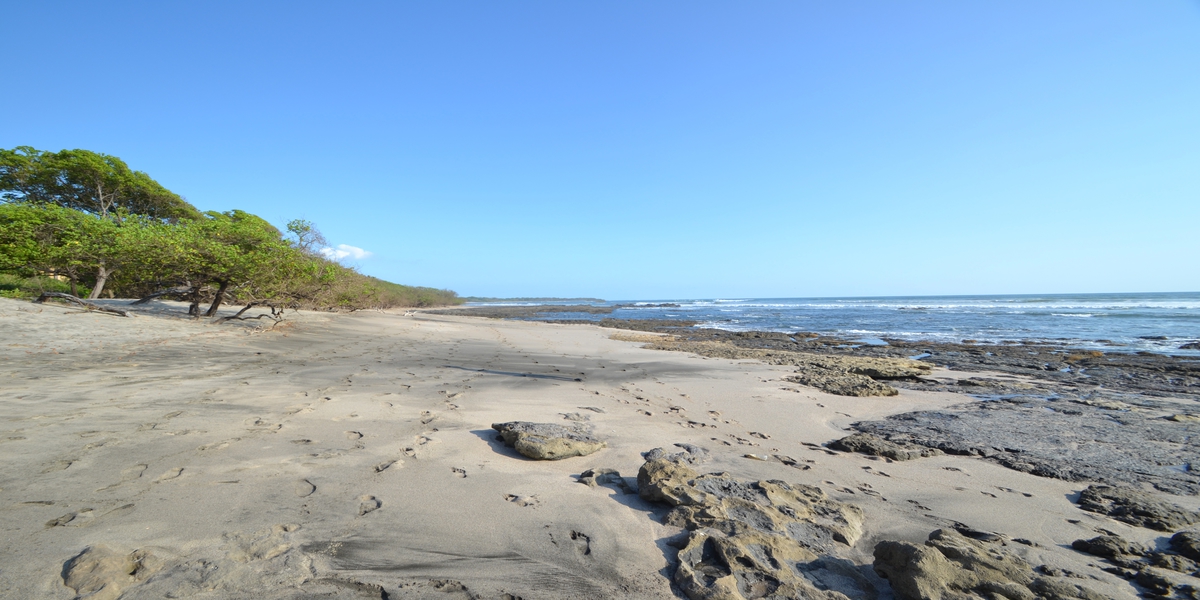 Costa Rica is known to be a land of endless beaches and rainforests, but it is also a nation of volcanoes divided into two distinct mountain ranges, the Volcanic Ridge of Guanacaste and the Central Volcanic Range. This fits perfectly with the theme "official or unofficial volcanoes", as defined by the various geographers and volcanologists who have studied Costa Rican topography. The volcanoes have been exactly located, their height and activity measured, their history, their tourist attraction potential, their accessibility and whether there are restaurants and look out points have all been accessed and recorded.
Costa Rica is known to be a land of endless beaches and rainforests, but it is also a nation of volcanoes divided into two distinct mountain ranges, the Volcanic Ridge of Guanacaste and the Central Volcanic Range. This fits perfectly with the theme "official or unofficial volcanoes", as defined by the various geographers and volcanologists who have studied Costa Rican topography. The volcanoes have been exactly located, their height and activity measured, their history, their tourist attraction potential, their accessibility and whether there are restaurants and look out points have all been accessed and recorded.
A volcano is a rupture in the Earth's crust that allows hot lava, volcanic ash, and gases to escape from a magma chamber below the surface. Earth's volcanoes occur because its crust is broken into rigid tectonic plates that float on a hotter, softer layer in its mantle. Costa Rica is home to an impressive 200+ volcanic formations, some dating to more than 65 million years of age. That said, only half show any signs of activity at all, and just a handful are classified as active volcanoes. Volcanoes are classified as active, dormant or extinct depending on the amount of volcanic activity happening. “Active” means there’s regular activity, “dormant” means there’s been recent activity but that it’s currently quiet and “extinct”, meaning it’s been so long since the last eruption that it’s unlikely to ever erupt again. Of those 200 volcanic formations in Costa Rica, just six are considered historically active: Rincón de la Vieja, Poás, Arenal, Irazú, Turrialba, and Tenorio. Information about each of these below.

Rincon de la Vieja Volcano is located in Guanacaste and is part of a vast National Park that covers over 14,000 hectares. One of its features is the presence of “fumaroles” through the protected area, many of which are used to produce geothermal energy. This is a destination where you can truly enjoy the best adventure in Costa Rica. Experience the adrenaline rush of flying on a zip-line, jumping into waterfalls, relaxing in natural hot springs or horseback riding among the most beautiful landscapes of Guanacaste.
 Tenorio Volcano National Park houses the Tenorio Volcano and its even more famous Río Celeste. This Volcano is home to an impressive four volcanic peaks and two craters. Tenorio Volcano stands 6,287 feet tall and presides over primary cloud forest, tropical rain forest, thermal hot springs, small geysers, and several rivers, waterfalls, lagoons, and scenic viewpoints.
Tenorio Volcano National Park houses the Tenorio Volcano and its even more famous Río Celeste. This Volcano is home to an impressive four volcanic peaks and two craters. Tenorio Volcano stands 6,287 feet tall and presides over primary cloud forest, tropical rain forest, thermal hot springs, small geysers, and several rivers, waterfalls, lagoons, and scenic viewpoints.
 Arenal Volcano, one of the best tourist destinations in Costa Rica. Located at 1,670 meters above sea level, besides being a stunning conical volcano to admire, you can also enjoy various activities such as the delicious natural hot springs, a zip-lining canopy tour, swim in waterfalls and take some of the best hikes in La Fortuna, San Carlos.
Arenal Volcano, one of the best tourist destinations in Costa Rica. Located at 1,670 meters above sea level, besides being a stunning conical volcano to admire, you can also enjoy various activities such as the delicious natural hot springs, a zip-lining canopy tour, swim in waterfalls and take some of the best hikes in La Fortuna, San Carlos.
 Poas Volcano is located about 2,700 meters above sea level, one of the best tourist places in Costa Rica for a quick day trip, since it is located just one hour away from Juan Santamaría International Airport. We recommend planning a guided hike through the trails of the volcano and that way have the opportunity to observe the amazing wildlife found in the cloud forest of Poas Volcano, including hummingbirds, frogs and even the incredible Quetzal bird.
Poas Volcano is located about 2,700 meters above sea level, one of the best tourist places in Costa Rica for a quick day trip, since it is located just one hour away from Juan Santamaría International Airport. We recommend planning a guided hike through the trails of the volcano and that way have the opportunity to observe the amazing wildlife found in the cloud forest of Poas Volcano, including hummingbirds, frogs and even the incredible Quetzal bird.
 Irazu Volcano is the highest volcano in Costa Rica, with elevations ranging up to 3,400 meters above sea level and it is located in Cartago, which is Costa Rica’s ancient capital city. Irazu’s volcano’s primary attraction is the Diego de la Haya crater, which features an amazing green 300-meter lake. Near this site you can also enjoy other amazing destinations, such as Prusia, a beautiful section of the national park with 16 kilometers of walking trails among beautiful forests.
Irazu Volcano is the highest volcano in Costa Rica, with elevations ranging up to 3,400 meters above sea level and it is located in Cartago, which is Costa Rica’s ancient capital city. Irazu’s volcano’s primary attraction is the Diego de la Haya crater, which features an amazing green 300-meter lake. Near this site you can also enjoy other amazing destinations, such as Prusia, a beautiful section of the national park with 16 kilometers of walking trails among beautiful forests.
 Also located in Cartago, Turrialba Volcano is the most active volcano in Costa Rica. This isn’t as popular of a tourist destination as the other volcanoes, so it’s a good spot to visit if you’re looking to get away from crowds and enjoy a rural culture. Turrialba Volcano features a great variety of natural beauty, which is home to impressive wildlife, such as giant toads, agouti, toucans, howler monkeys, armadillos, and long-tailed hermits. This volcano is known for its constant release of white smoke and ash. At 3,340 meters above sea level, Turrialba Volcano is the second largest volcano in Costa Rica.
Also located in Cartago, Turrialba Volcano is the most active volcano in Costa Rica. This isn’t as popular of a tourist destination as the other volcanoes, so it’s a good spot to visit if you’re looking to get away from crowds and enjoy a rural culture. Turrialba Volcano features a great variety of natural beauty, which is home to impressive wildlife, such as giant toads, agouti, toucans, howler monkeys, armadillos, and long-tailed hermits. This volcano is known for its constant release of white smoke and ash. At 3,340 meters above sea level, Turrialba Volcano is the second largest volcano in Costa Rica.
Although there have been several big eruptions in recorded history, volcanic eruptions today are not more frequent than there were even a century ago. So come and look by yourself at those natural and fascinating volcanoes!






